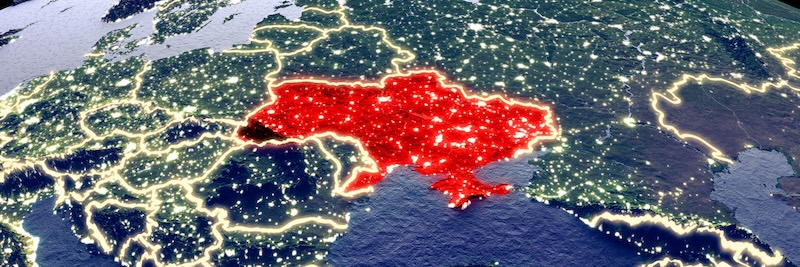Go back
Big news for Ukraine’s tech and defense industries — Ukrainian company STETMAN has signed a licensing agreement with Sweden’s Requtech for the serial production of advanced satellite terminals. These terminals will serve as an alternative to Starlink, providing high-speed satellite internet in even the most remote areas.
This move is more than just symbolic. It’s a signal that Ukraine is not only holding the digital front — it's building it.
April 11, 2025

While Elon Musk’s Starlink offers a satellite internet network with a growing constellation, the Requtech terminals focus on providing portable, lightweight satellite connectivity, ideal for fast deployment in crisis situations or areas with no traditional infrastructure.
- Starlink: Global satellite network, full service
- Requtech Terminals: Portable, lightweight, high-speed broadband, quick to deploy
These terminals are designed to be a game-changer for military operations, disaster management, and remote areas with poor internet access.
"This terminal is similar in functionality to Starlink, but it has a lower speed — 5/50 Mbps compared to Starlink’s 20/200 Mbps. This isn't a limitation of the terminal, it’s simply because OneWeb satellites are ten times fewer than Starlink's. However, for security tasks, this is perfectly sufficient",— Dmytro Stetsenko, STETMAN's CEO.

The production of Requtech satellite terminals will take place in a state-of-the-art facility in Ukraine, capable of manufacturing thousands of units annually. The collaboration is expected to allow STETMAN to launch production at a scale of 2000 to 10000 units per month within six months, depending on demand.
The deal includes a licensing fee paid to Requtech for every unit produced. This model significantly reduces setup time and capital expenses, as highlighted by STETMAN's CEO, Dmytro Stetsenko: "By leveraging Requtech's existing technology, we are able to cut production timelines and avoid high initial costs. This partnership allows us to scale quickly and efficiently."
Sure, there are hurdles:
- Security of supply chains in a warzone;
- Keeping costs competitive;
- Integration with broader infrastructure.
But none of these outweigh the opportunity.
It is clear that Ukraine doesn't stop using Starlink and is grateful for the support, but seems that it's a good time to create reserved communication systems
In a world where digital access can be a matter of life or death, Ukraine producing next-gen satellite terminals on its own soil is more than progress — it’s a breakthrough. It’s a sign of sovereignty, strength, and serious tech ambition.
Satellites made in Ukraine? Sounds like the future.
And the future is closer than you think.
Author: Nessa, Cyber Journalist
Photo: NASA
You can support TheSIGN by becoming our SATELLITE. Click to learn more about sponsorship.